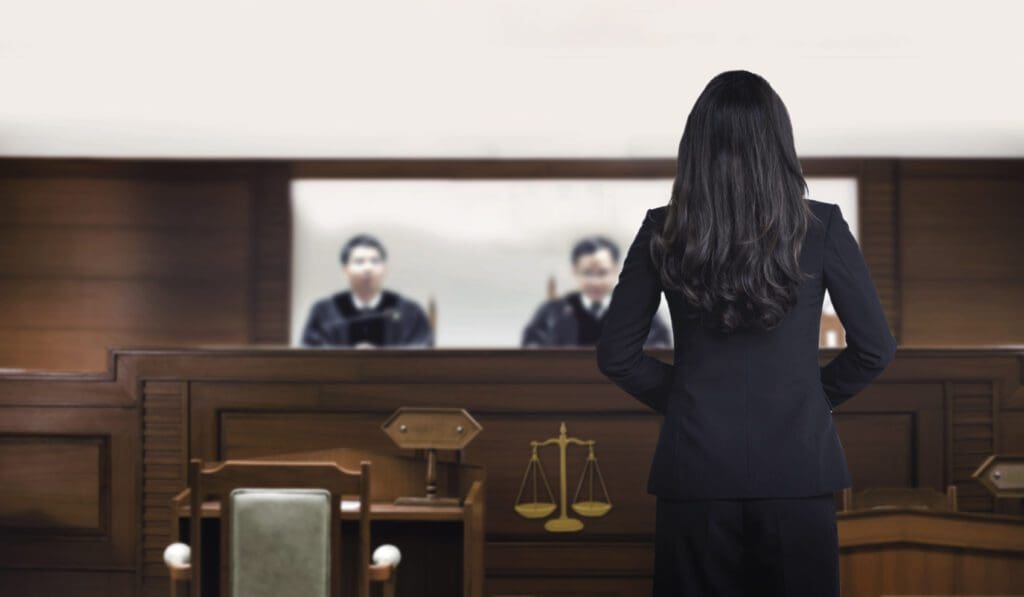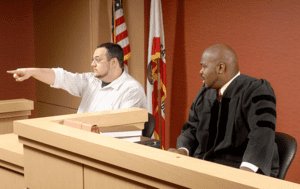____________
This blog was written by a guest author, Carrie Gour. Carrie Gour and Beth Thompson are the founders of PwrSwitch, the app that documents messy communications in high-conflict divorces so judges can get the picture.
____________
To help increase your odds of success, here are five rules for presenting (and defending) evidence in court:
1. Social Media
If you’ve got relevant electronic “chat” evidence — text messages, Facebook or Instagram messages, WhatsApp, email, etc. — you must save and print the entire thread. This evidence can be presented as an exhibit or through your own testimony.
Use screenshots, text extractors, or PwrSwitch to document and consolidate your complete text and email conversations.
It’s vital to include every message in a relevant chat thread (yes, including those moments you’re not so proud of). If only part of the thread is presented, it could be rejected because it looks cherry-picked or fabricated.
2. Recordings
It’s illegal to submit third-party, wire-tapping, or spyware-type recordings. They’re rightly considered a breach of privacy.
That said, 38 states in the US have a one party consent law. This means voice recordings of personal conversations are admissible as evidence as long as one of the two of you on the call knew the conversation was being recorded.
In the other 11 states, you’re required to inform the other person the call is being recorded before you can submit it as evidence.
3. Material Evidence
All evidence must be “material,” or relevant, for the court to consider it.
Evidence of your ex’s affairs or alcohol and drug use, for example, is irrelevant in the context of negotiating the division of property. On the other hand, if a judge is deciding who is best suited for primary custody of children, that kind of evidence is likely highly pertinent.
4. Other Physical Evidence
Other forms of evidentiary documentation like photographs, videos, bills, letters, bank statements, etc. are also all admissible forms of evidence that can be critical to your case.
With physical evidence, you must be able to establish a “clear chain of title.” This refers to the sequence of validated history of an object. If you’re presenting a photo as evidence, for example, you’ll need to:
- State who took the picture
- If it wasn’t you, state how you know who did (“I was standing beside my cousin when she took the photo.”)
- Know when was it taken (“It was at my sister’s wedding in July 2018.”)
- Identify who the people are in the photo/video; and
- Confirm it’s an accurate representation of what it appears to show (i.e. your wife out for a run when she allegedly had a dislocated ankle.)
5. Objecting to Evidence
If the opposing party introduces evidence you believe is harmful to your case, you might be able to have it “excluded from evidence.” When self-representing, the key to these exclusions is knowing the proper form of objection:
- No personal knowledge: The opposing party testifying about an event that they weren’t physically there to witness.
- Hearsay: Written or verbal statements made by someone other than a witness testifying that are offered as truth. (“Her sister told me that she’s never home with the kids.”).
- No chain of custody (as above): For social media evidence, without context, how do you know that screenshot or extracted text wasn’t fabricated? For physical evidence, when was a video taken, by whom, etc.?
- Ambiguous or misleading: If you’re asked a question about a document or video that doesn’t make sense to you or is designed to elicit a response that doesn’t illustrate the truth.
- Relevance (as above): For example, “I’m not disputing Mary’s testimony but it has no bearing on the issue before the court.”
- Privilege: There are several “privileges” litigants have. For example, if a document is presented that was between you and your lawyer, or a medical record is improperly presented that’s between you and your doctor, you’ll want to object as “attorney/client” or “doctor/client privileged.”
The key here, if it’s a matter of privilege, is to object right away. If you don’t, you could waive the privilege, and the document itself and related testimony may be admitted.
Good luck in your self-representation journey!



